Selecting the wrong exterior paint can turn your dream home into a maintenance nightmare. Sun, rain, snow, and humidity all wage war against your home’s exterior surfaces, and the wrong paint choice leaves you vulnerable to premature fading, cracking, and costly repairs.
The paint protecting your home’s exterior faces unique challenges depending on your local climate conditions.
While a glossy finish might shine beautifully in moderate climates, it could become a liability in areas with intense UV exposure. Similarly, the paint that performs flawlessly in desert conditions may fail spectacularly in humid coastal environments.
Understanding these climate-specific requirements isn’t just about aesthetics—it’s about protecting your investment. The right exterior painting choice can extend your home’s protection for years while enhancing curb appeal and property value.
Professional painting contractors consistently emphasize that climate consideration is the foundation of any successful exterior painting project.
This comprehensive approach to paint selection will help you navigate the complex world of exterior coatings, ensuring your choice provides both beauty and durability for your specific environment.
Analyzing Your Local Weather Patterns
Temperature Fluctuations and Their Impact
Extreme temperature swings create expansion and contraction cycles that stress paint films beyond their limits. Regions experiencing wide temperature variations between seasons—or even daily—require paints formulated with exceptional flexibility.
Cold climates present unique challenges:
- Brittle paint films that crack under thermal stress
- Ice formation that can damage poorly adhered coatings
- Extended freezing periods that prevent proper paint curing
Hot climates demand different considerations:
- UV radiation that breaks down paint binders
- Surface temperatures exceeding paint application limits
- Thermal expansion requiring flexible formulations
Humidity and Moisture Considerations
Moisture levels dramatically affect paint performance and longevity. High humidity environments slow drying times and can trap moisture within paint films, leading to blistering and adhesion failures.
Coastal areas face additional moisture challenges:
- Salt air that accelerates paint degradation
- Higher humidity levels year-round
- Fog and mist creating extended moisture exposure
Dry climates present opposite concerns:
- Rapid moisture loss during application affecting film formation
- Static electricity buildup during paint application
- Dust adhesion to freshly painted surfaces
Precipitation Patterns and Protection
Rain frequency and intensity directly influence paint selection priorities. Areas with frequent precipitation need coatings with superior moisture resistance and quick-drying properties.
Heavy rainfall regions require:
- Enhanced water resistance formulations
- Mildew-resistant additives
- Fast-curing properties to minimize weather delays
Drought-prone areas focus on:
- UV-resistant formulations
- Dirt and dust resistance
- Color retention properties
Paint Types and Climate Compatibility
Latex vs. Oil-Based Formulations
Latex paints dominate modern exterior applications due to their climate adaptability and environmental advantages. These water-based formulations offer superior flexibility, making them ideal for regions with temperature fluctuations.
Latex Paint Advantages:
- Excellent adhesion to most surfaces
- Superior color retention
- Easy cleanup and low odor
- Environmental compliance
- Flexibility preventing cracking
Oil-based paints still serve specific climate niches, particularly in extremely cold regions where their superior flow and leveling properties provide advantages.
Oil-Based Paint Benefits:
- Superior penetration on bare wood
- Excellent adhesion in cold conditions
- Smooth, durable finish quality
- Traditional aesthetic appeal
Specialty Climate-Resistant Formulations
Modern paint technology has produced specialized formulations addressing specific climate challenges. These advanced coatings incorporate targeted additives and resins designed for extreme conditions.
Heat-Resistant Formulations:
- Reflective pigments reducing surface temperatures
- Advanced acrylic resins maintaining flexibility
- UV-blocking additives preventing degradation
Cold-Weather Formulations:
- Low-temperature curing capabilities
- Enhanced flexibility, preventing cracking
- Moisture-resistant properties
High-Humidity Formulations:
- Antimicrobial additives preventing mold growth
- Enhanced breathability allowing moisture to escape
- Improved adhesion in challenging conditions
Color Selection for Weather Protection
Light vs. Dark Color Performance
Color choice significantly impacts paint performance and longevity across different climates. Light colors reflect heat and UV radiation, reducing thermal stress on paint films and underlying surfaces.
Light Color Benefits:
- Reduced surface temperatures
- Lower thermal expansion stress
- Enhanced UV reflection
- Energy efficiency improvements
Dark colors absorb more heat, creating thermal challenges but offering aesthetic advantages in appropriate climates.
Dark Color Considerations:
- Higher surface temperatures
- Increased thermal expansion stress
- Faster UV degradation potential
- Color fading risks in sunny climates
Regional Color Trends and Climate Adaptation
Successful color selection balances personal preferences with climate realities. Regional color trends often reflect local climate adaptations developed over time.
Desert regions typically favor:
- Light, reflective colors
- Earth tones with natural UV resistance
- Colors that complement landscaping
Northern climates often prefer:
- Darker colors for heat absorption
- Colors that complement seasonal changes
- Traditional palettes suited to architecture
Application Timing and Seasonal Considerations
Optimal Weather Conditions for Application
Successful exterior painting requires careful timing to ensure proper curing and maximum performance. Temperature, humidity, and weather forecasts all influence application timing.
Ideal Application Conditions:
- Temperatures between 50°F and 85°F
- Relative humidity below 70%
- No precipitation forecast for 24-48 hours
- Minimal wind to prevent dust contamination
Seasonal Planning Strategies
Different climates offer varying optimal painting windows. Planning application timing maximizes paint performance and minimizes weather-related complications.
Spring Application Benefits:
- Moderate temperatures and humidity
- Preparation time before the summer heat
- Fresh appearance for the growing season
Fall Application Advantages:
- Stable weather patterns
- Protection before winter weather
- Contractor availability and pricing
Summer Considerations:
- Early morning or evening application
- Temperature management strategies
- Adequate surface preparation time
Winter Limitations:
- Temperature restrictions in most climates
- Extended curing periods
- Limited contractor availability
Professional vs. DIY Climate Assessment
When Professional Consultation Adds Value
Complex climate challenges often require professional expertise to ensure optimal paint selection and application. Experienced painting contractors bring climate-specific knowledge that prevents costly mistakes.
Professional Assessment Benefits:
- Climate-specific product knowledge
- Surface preparation expertise
- Application technique optimization
- Warranty protection
DIY Climate Evaluation Tools
Homeowners can perform basic climate assessments using available resources and observation techniques. Understanding local weather patterns provides a foundation for informed decisions.
Climate Assessment Resources:
- National Weather Service climate data
- Local building codes and requirements
- Regional paint manufacturer recommendations
- Home improvement store expertise
Observation Techniques:
- Document seasonal weather patterns
- Note existing paint failure patterns
- Assess sun exposure throughout the day
- Evaluate moisture exposure sources
Long-Term Maintenance and Climate Adaptation
Preventive Maintenance Strategies
Climate-appropriate paint selection represents just the first step in long-term exterior protection. Regular maintenance extends paint life and prevents minor issues from becoming major problems.
Annual Inspection Priorities:
- Caulk and sealant condition
- Paint film adhesion and flexibility
- Color fading or chalking of signs
- Moisture intrusion indicators
Climate Change Considerations
Evolving climate patterns may require adjustments to traditional paint selection strategies. Staying informed about regional climate trends helps ensure continued protection effectiveness.
Adaptation Strategies:
- Monitor local weather pattern changes
- Consider more robust formulations
- Plan for increased maintenance frequency
- Evaluate new paint technologies
Protecting Your Investment Through Smart Paint Choices
Climate-conscious exterior painting protects both your home’s appearance and structural integrity. The investment in appropriate paint selection pays dividends through extended protection periods, reduced maintenance costs, and enhanced curb appeal.
Success requires matching paint formulations to local climate conditions while considering long-term weather trends. Professional consultation can provide valuable expertise, particularly for challenging climates or unique architectural features.
The best painting contractors near me consistently emphasize that superior results come from understanding the relationship between climate, paint technology, and application techniques.
This knowledge transforms exterior painting from a simple cosmetic improvement into a comprehensive weather protection strategy. Take time to evaluate your specific climate challenges and research paint options designed for your conditions.
Your home’s exterior protection depends on making informed choices that balance aesthetic goals with practical weather protection requirements.

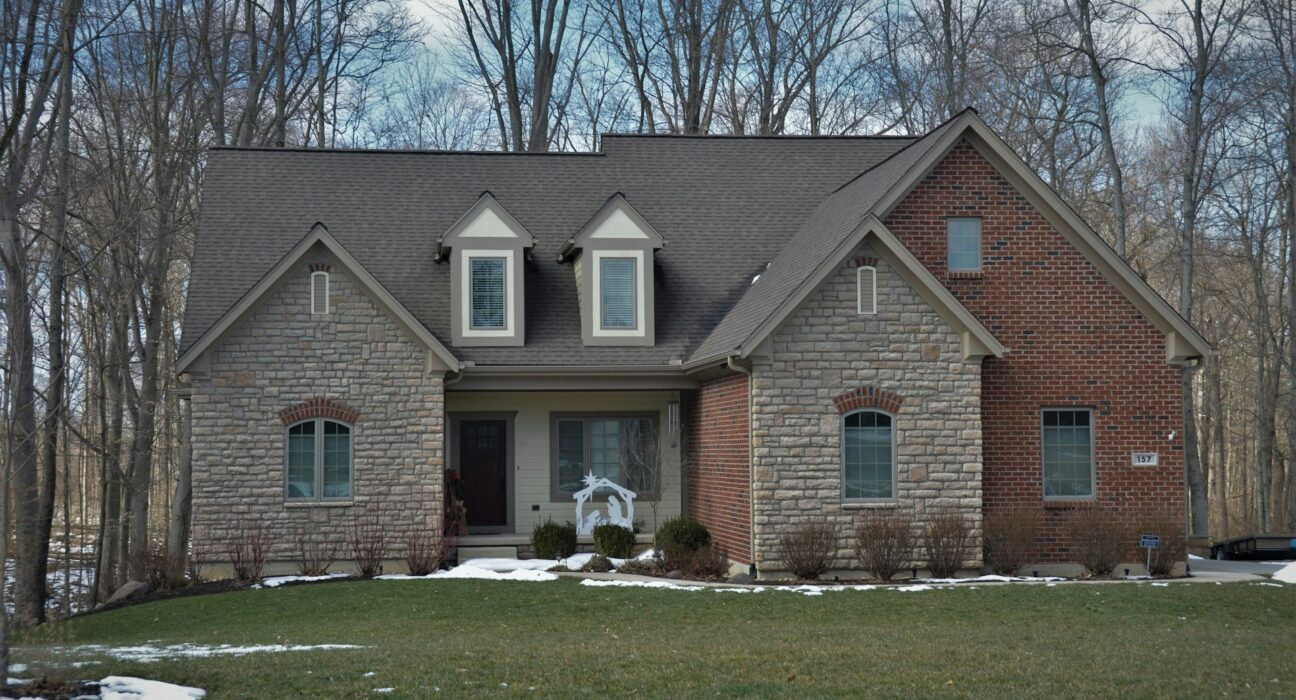
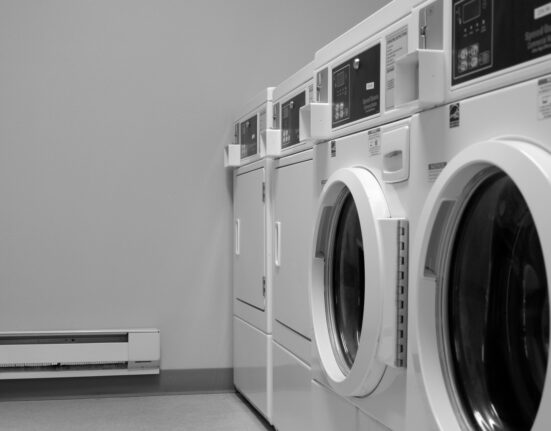
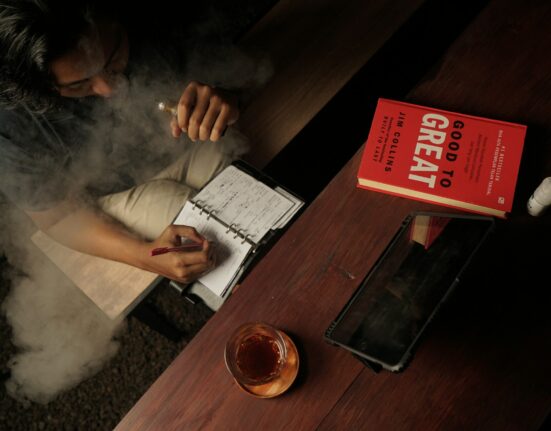

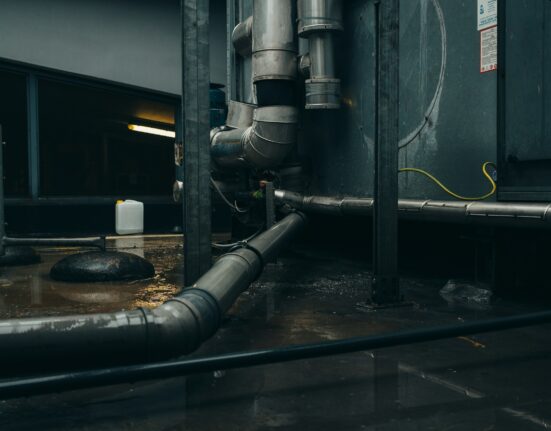

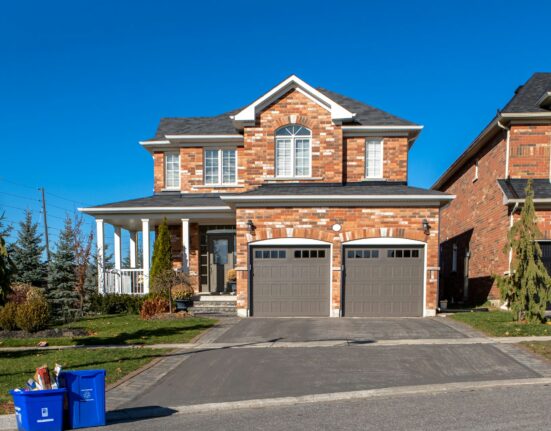
Leave feedback about this